
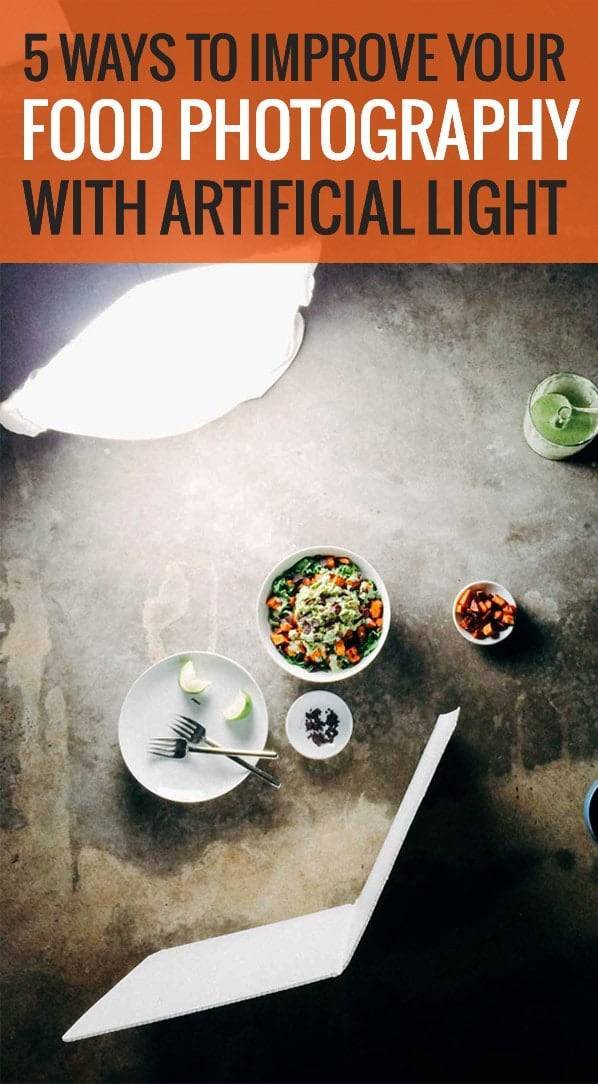
For as long as I’ve been taking pictures of food, I’ve believed that beautiful food photography requires natural light.
But here’s the question – does it really?
For the last four years, as an elementary school teacher and a friend and a wife and a 9-to-5 working person who wanted to enjoy a small amount of weekend freedom, my schedule didn’t allow for time during the day to work with natural light. I felt like if I wanted to take incredible pictures of food, I needed to be waiting next to the window for that perfect ray of light. And I was frustrated.
Then, in 2014, I transitioned to blogging full time and had all the time and flexibility in the world to be able to take beautiful photos in perfect natural light all the time. Poof! Tadah! Zing!
Problem solved, right?
Not so much.
The Myth Of Natural Light

What I’m finding is that even as a full-time blogger who has access to natural light all day long, the quality of natural light is always unpredictable. We live in Minnesota (it’s January, so don’t even get me started on the whys), and the natural light in the winter months is… well, I’m looking out the window right now and everything is just sort of a murky grey.
Over the last few years I’ve felt like there had to be a better way than waiting around all day for those three minutes of perfect natural light.
And I have good news – there is a better way!
5 Ways To Improve Your Food Photography with Artificial Lights
So let’s hit up this artificial lighting for food photography topic with a tip list.
There are so many things that I’ve found to be helpful as I’ve created my own little artificial lighting studios anywhere from our basement to the dining room table to the kitchen countertops, so today I’m sharing 5 ways that I’ve been able to improve my food photography when using artificial lights.
1. Ditch The Overhead Kitchen Lights.
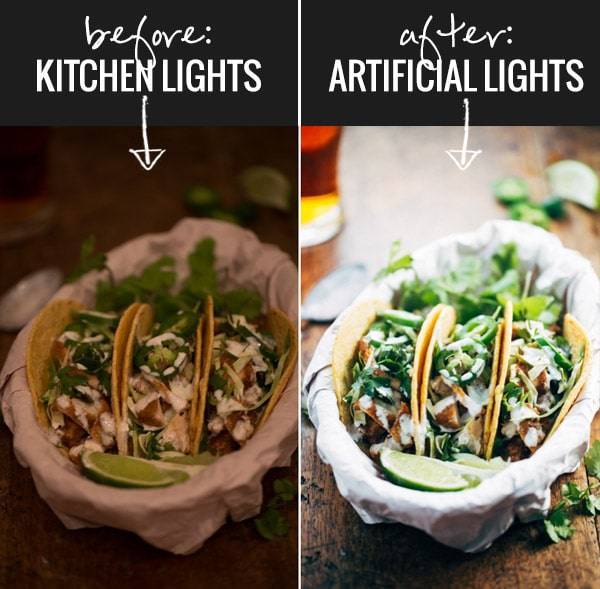
See what I mean?
Don’t for one second think that those lights in your kitchen are going to make your food look good.
In addition to casting an unnatural tone (usually yellowish) throughout the whole photograph, the lights are generally anchored on the ceiling which means they splash light directly onto the food rather than highlighting from a side or back angle. That direct lighting will wash out your texture and make your food look flat and lifeless. Not good, my friends. Not good at all.
There are a number of stand-alone lighting units that can work for this type of set up, and I would venture to say that all of them – even the ones that aren’t necessarily daylight balanced – will be better than your overhead kitchen lights. We primarily use the Neewer Lighting Kit but for more on the specific types of lights and the benefits of each type, check out the bonus tip at the end of this post.
2. Close The Curtains and Turn Off All Other Lights.
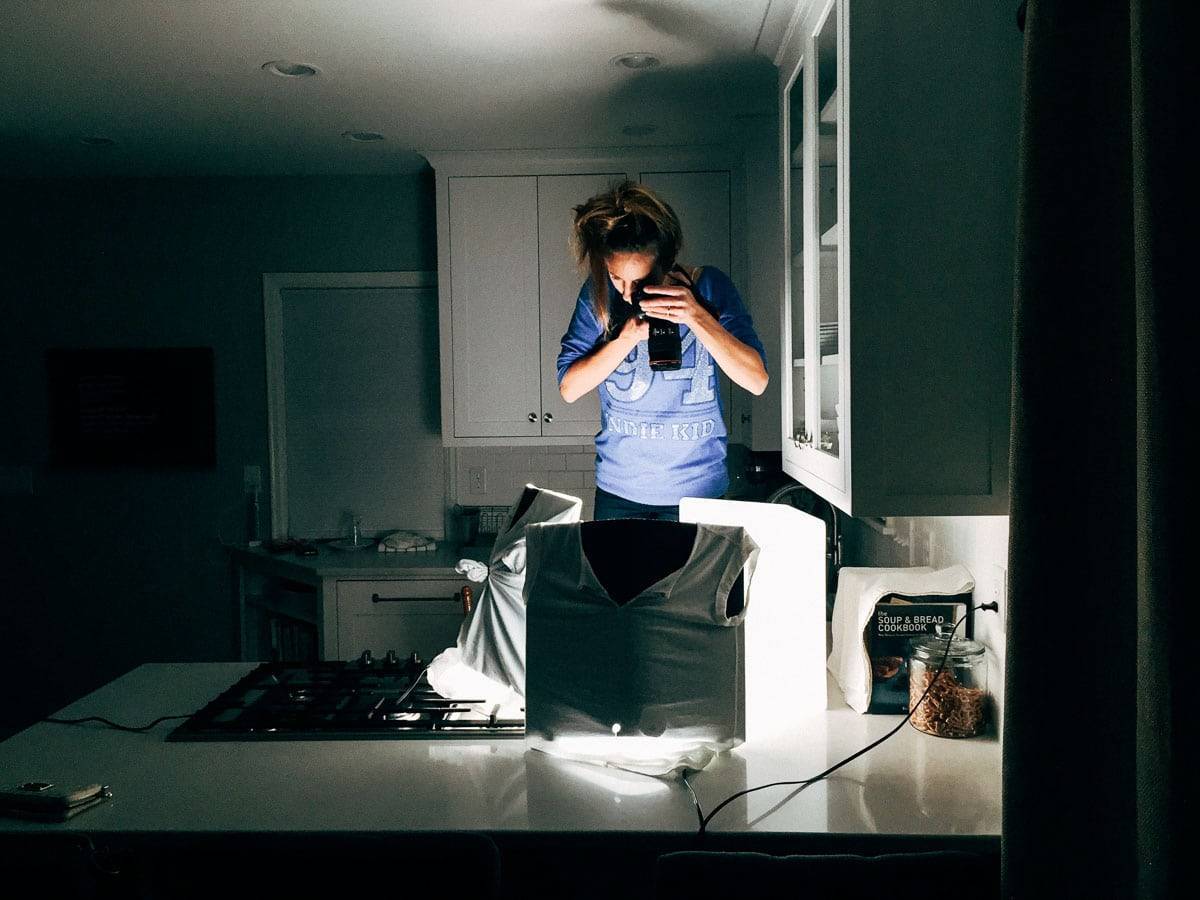
Also, you must wear a clearance fake-diamond-bling Old Navy sweatshirt and have your hair in a messy bun. Err, uhm, WAIT DON’T LOOK AT THAT.
I find it much easier to get the look I’m going for when working with only one source of light.
So when you’re shooting with my artificial lights in a room that might still be getting some slivers of natural light, close all the curtains so you’re working in a very dark space with only one light source – your lighting unit. This gives you full control of the color tones, the light angles, and the overall look of the photograph.
To be fair, not everyone does it this way. I’ve seen photography studios where food photographers for large commercial shoots use both artificial light and natural light together, so this is less of a rule and more a matter of personal preference as far as what will make the set up and shoot go more smoothly for you. For me, it works best to just manage one primary light source.
3. It’s More Than Just The Light.

Using artificial light is more that just plugging in a lighting unit. This whole process is about knowing how to use the light, the reflector, the background, the diffuser, and any other relevant tools to control and manipulate the light. Think about this as a complete and harmonious set-up, not just turn-on-the-light-and-go.
This is a picture from one of the photo studios at General Mills here in the Twin Cities, and that’s a whole lot of equipment beyond just the light.
Also: now hiring someone to make this studio happen in my house mmkthanks.
4. Shoot On a White Surface.
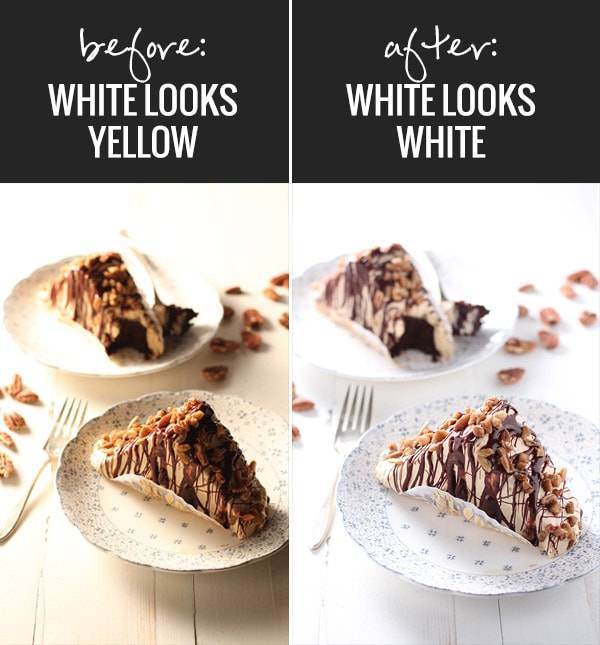
Shooting on a white surface helps you to be able to evaluate and adjust your white balance.
If you’re using a light that is casting an unusual color tone into your photograph, your white background (which, in this case, looks yellow) will alert you to the problem right away. This allows you to make custom white balance adjustments on your camera so that you don’t have to correct anything in your editing later on.
When in doubt, I usually opt towards bluer tones (the picture on the right) because I find that it’s easier to warm up and saturate the colors of a photograph in post-processing than it is to remove that yellow cast throughout the photo.
5. Know Your Manual Camera Settings.
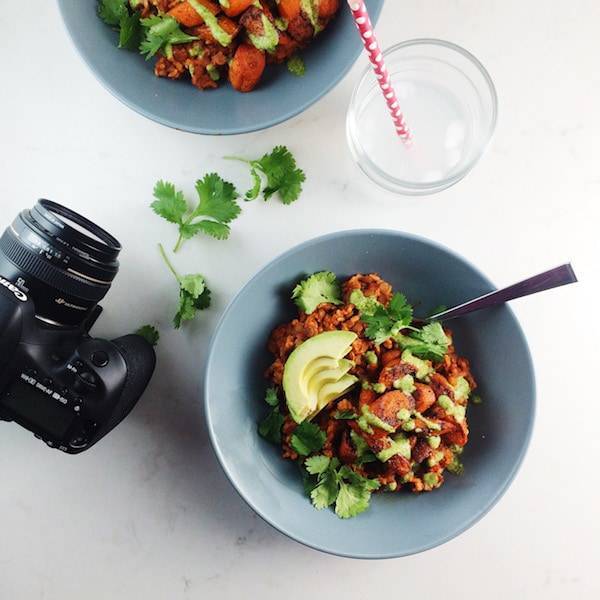
Kind of an annoying tip, right? Because it requires some work. But this might be the single most important thing you can do to make yourself an all-around better food photographer.
Especially when using artificial lights, you need to know how to tell your camera what you want it to do. Learn aperture and shutter speed. Learn ISO. Learn white balance. Learn auto and manual focus. Learn them and practice them. These are super important nuggets of knowledge that you need in order to make the most of your artificial lighting set up for food photography.
And now, for a BONUS TIP!
6. Artificial Lighting For Food Photography Course
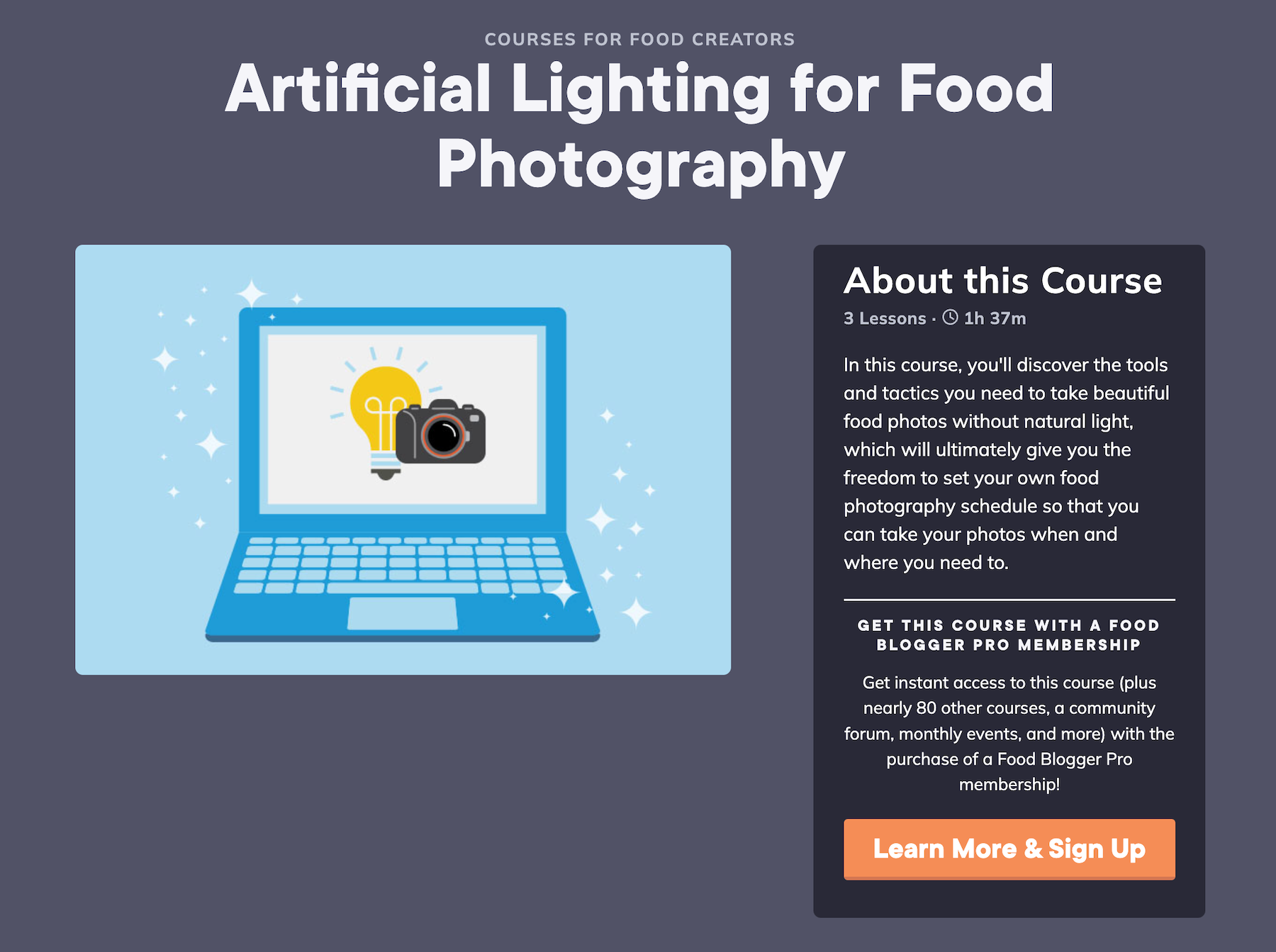
If you’re a Food Blogger Pro member, you have access to a fabulous Artificial Lighting for Food Photography course.
In this course, you’ll discover the tools and tactics you need to take beautiful food photos without natural light, which will ultimately give you the freedom to set your own food photography schedule so that you can take your photos when and where you need to.
Photos I’ve Taken With Artificial Lighting
To my own surprise, the photos I’ve taken with my artificial light set up over the last year have rivaled some of my best photos taken in natural light.
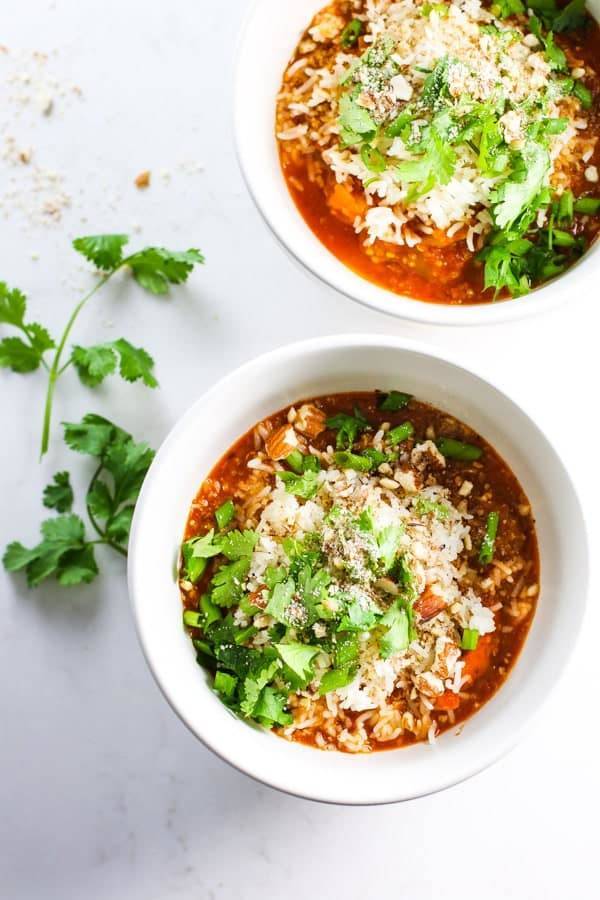
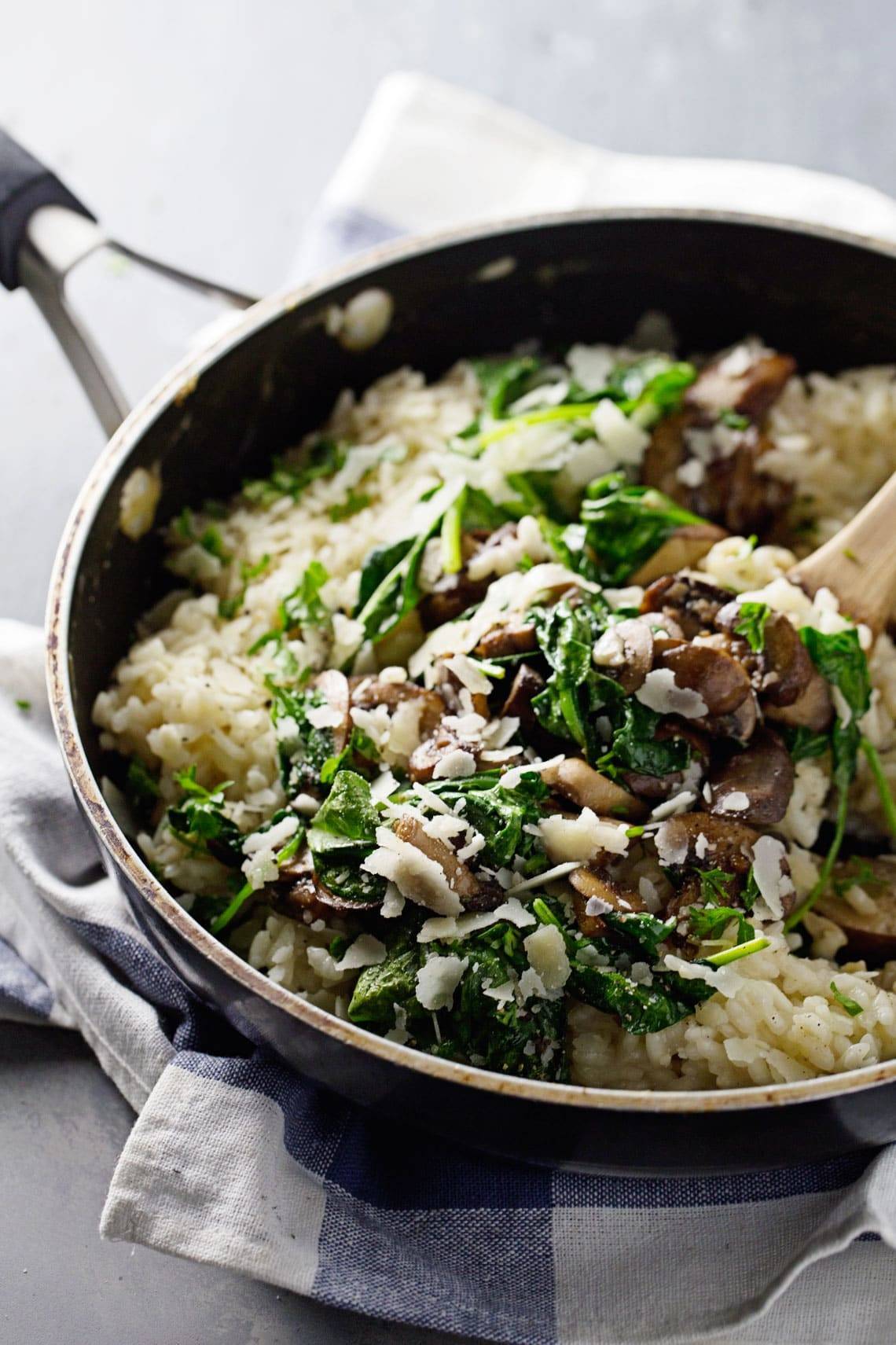
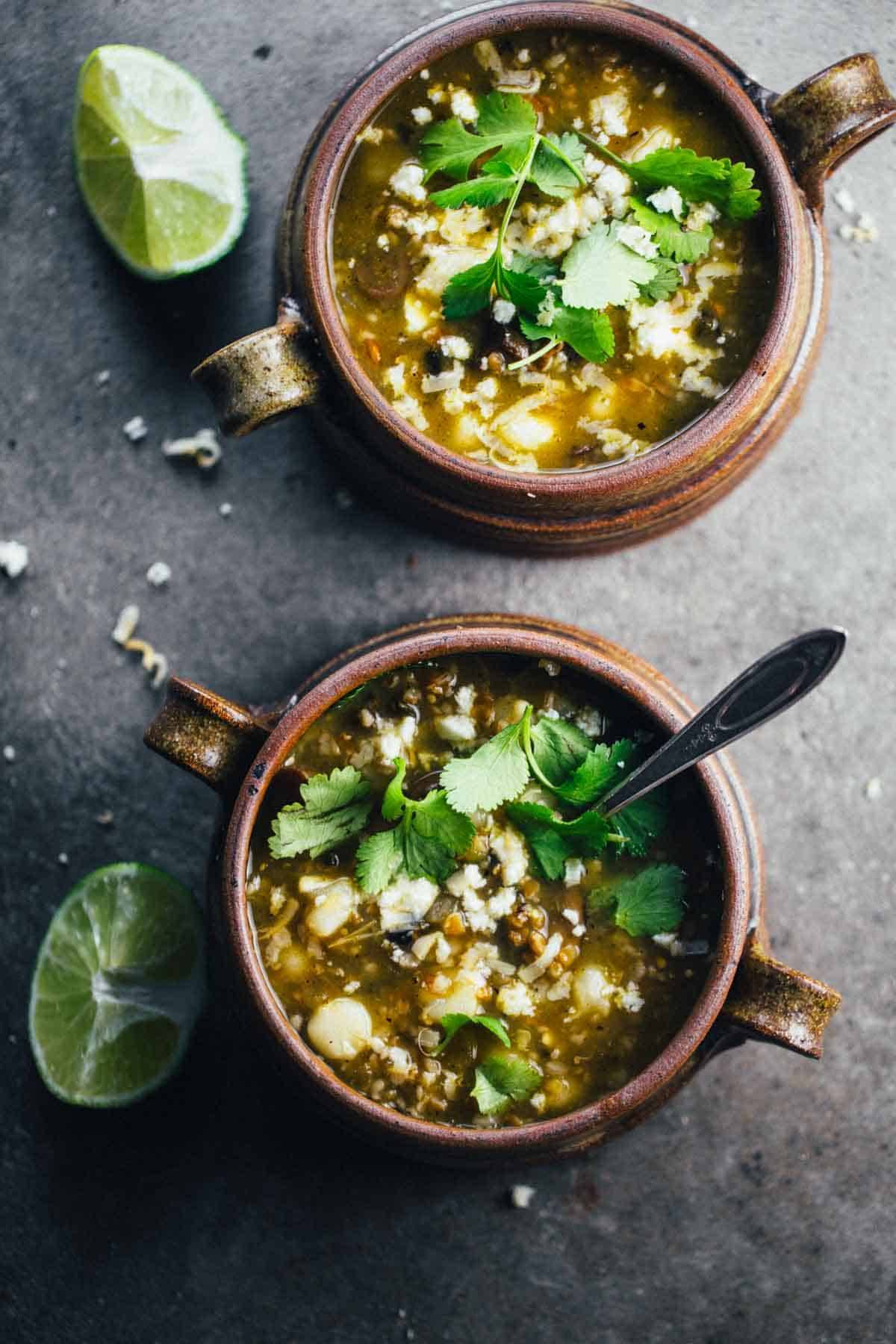
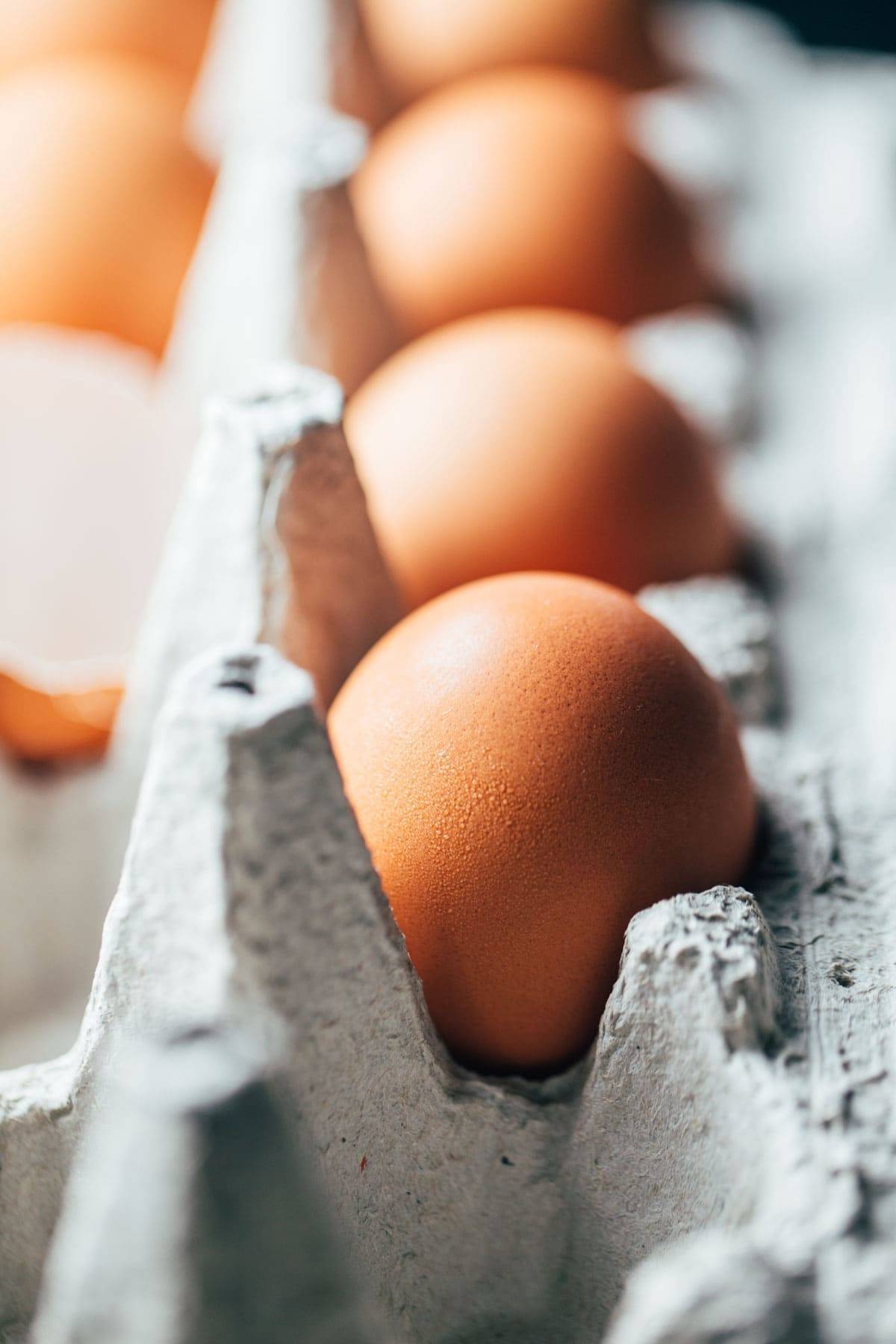
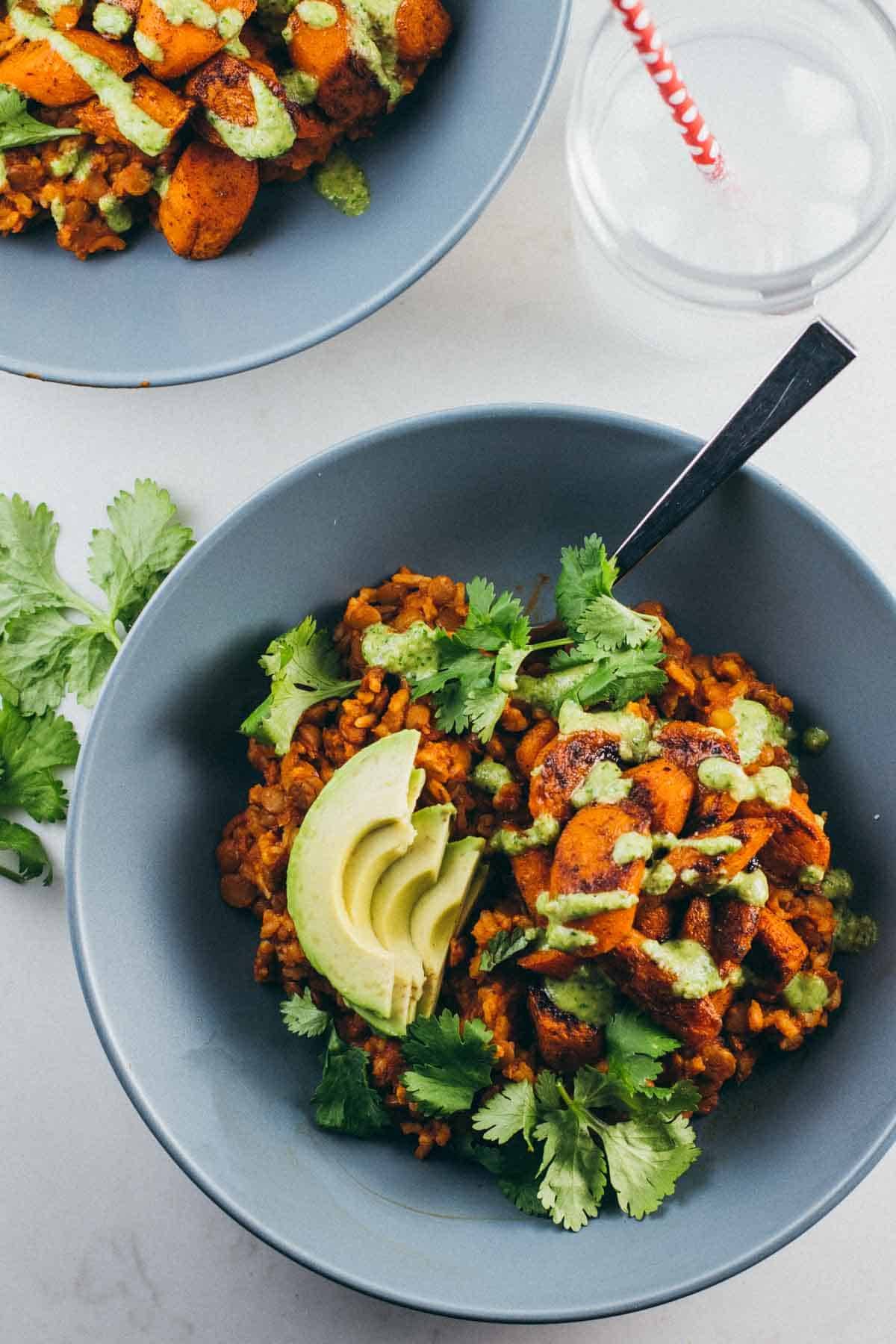
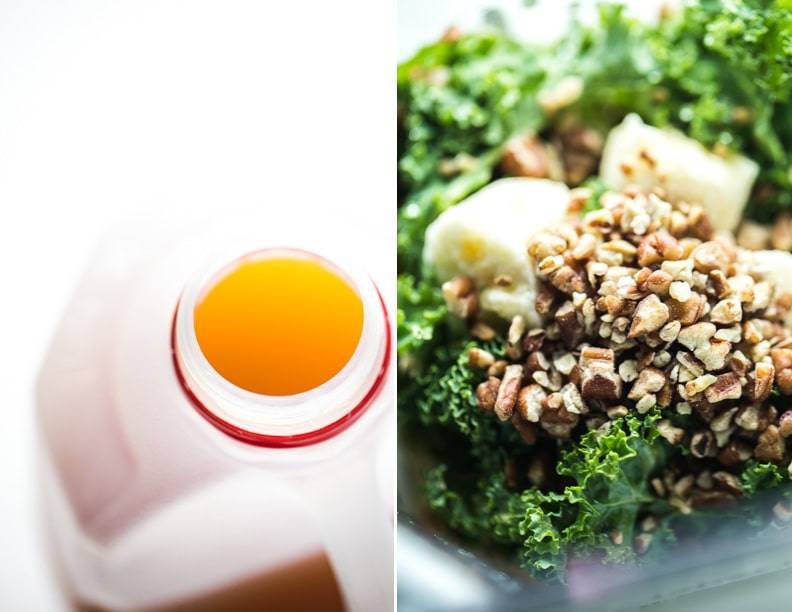
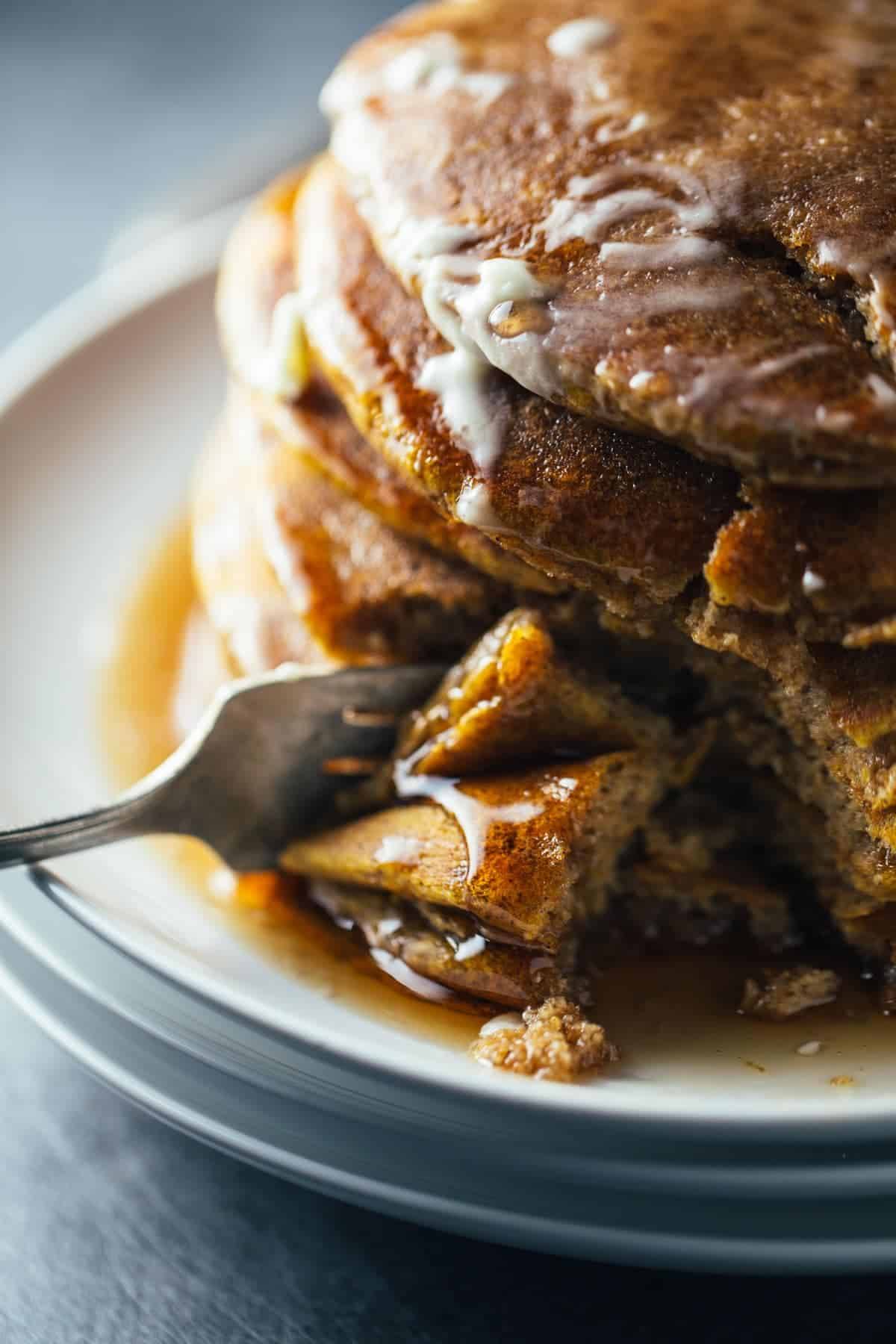
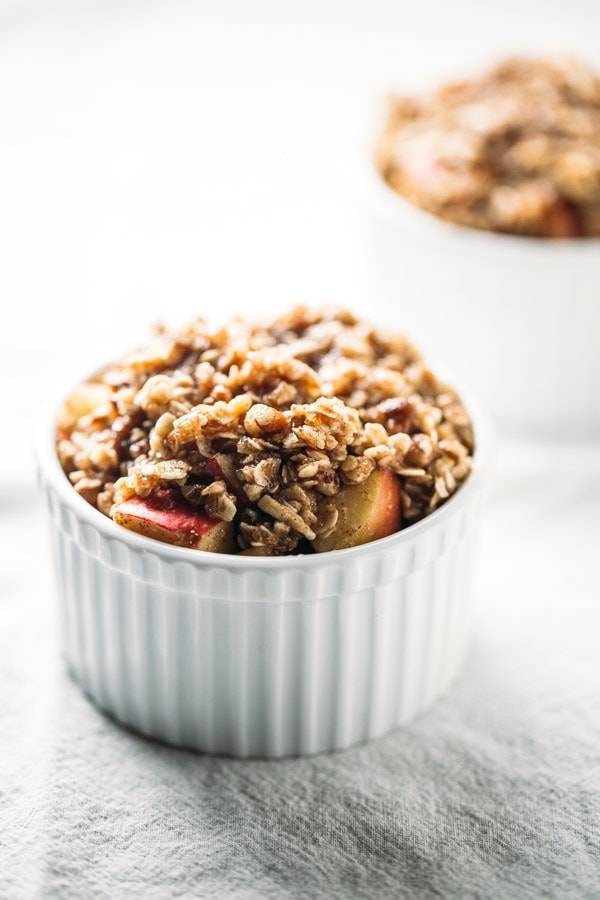

What’s Included?
This course has three video lessons from our Video Specialist, Emily, that go through everything you need to know about artificial lighting for food photography, from equipment to set up.
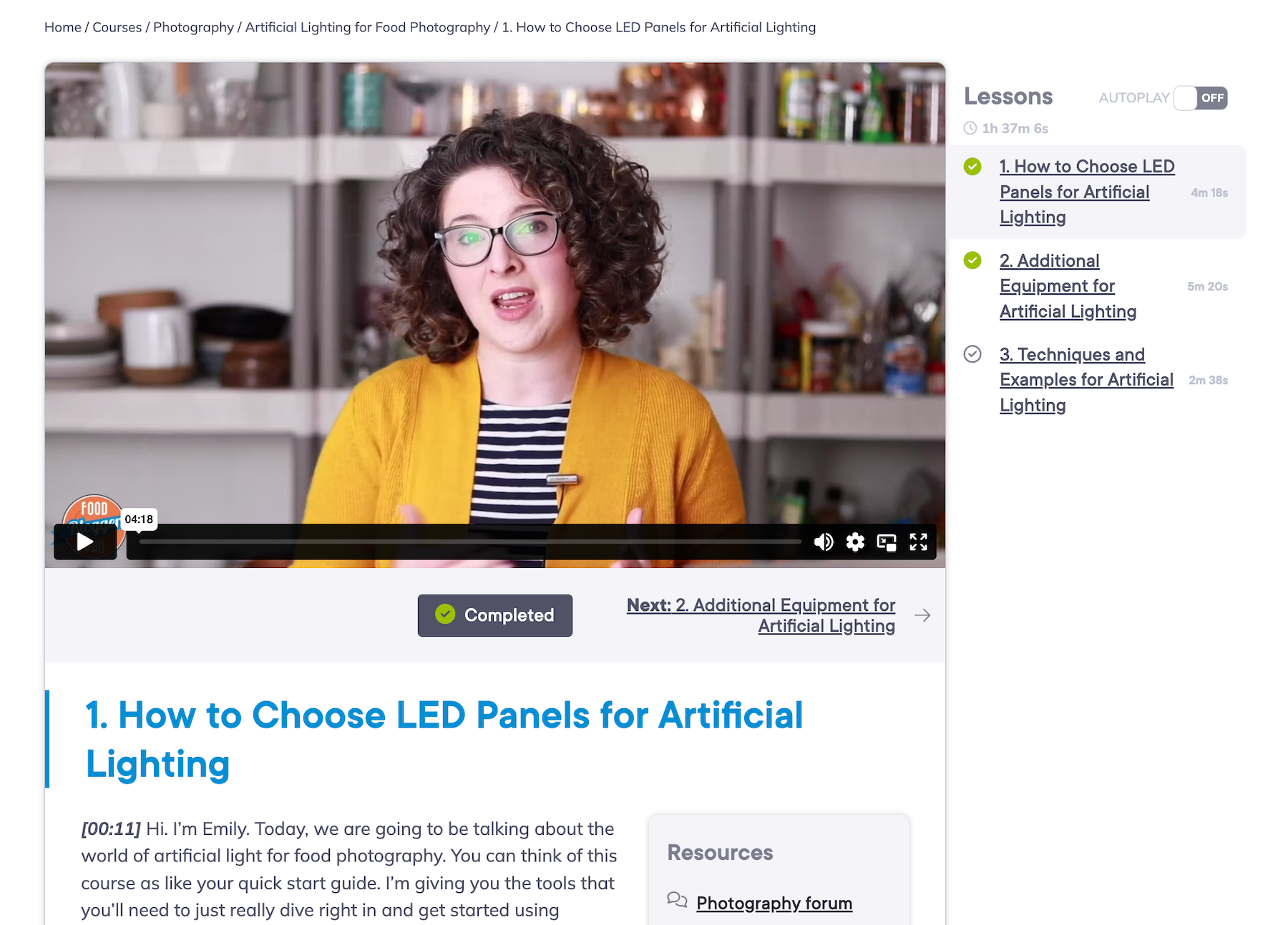
When you become a Food Blogger Pro member, you will not only get access to this course on Artificial Lighting for Food Photography, but you will also get access to the following:
- ALL of our courses for food creators (there are a lot!)
- Our active community forum of over 1200 food bloggers
- Exclusive Deals and Discounts from some of our favorite brands and services
- Monthly Q&A calls with experts
- And so much more!
How Much Does It Cost?
A one-year membership is $350, or you can sign up for a quarterly membership for $99. Either option gives you access to everything listed above including this course on Artificial Lighting for Food Photography.
How Do I Sign Up To Access The Course?
Sign up directly on Food Blogger Pro! This big grey button will take you right there.

Bjork and I are so thrilled to be sharing this with you today. Like, two seconds ago we just had a dorky celebration coffee cheers in honor of food, photography, lighting hacks, technology, and knowledge. Thank you for being a part of our little corner of the internet and allowing us to nerd out doing what we love to do – growing, learning, and challenging others to do the same.
Carry on, good food-and-camera-lovers of the world.
AND HERE’S TO FOOD PHOTOGRAPHY FREEDOM!
Want to be proud of your food photos? Check out our Tasty Food Photography eBook here!
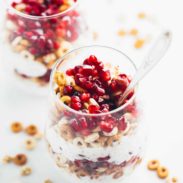
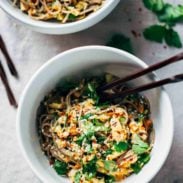
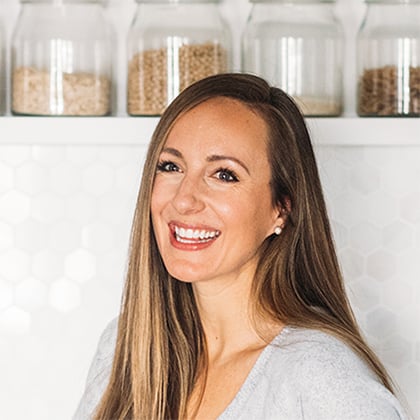
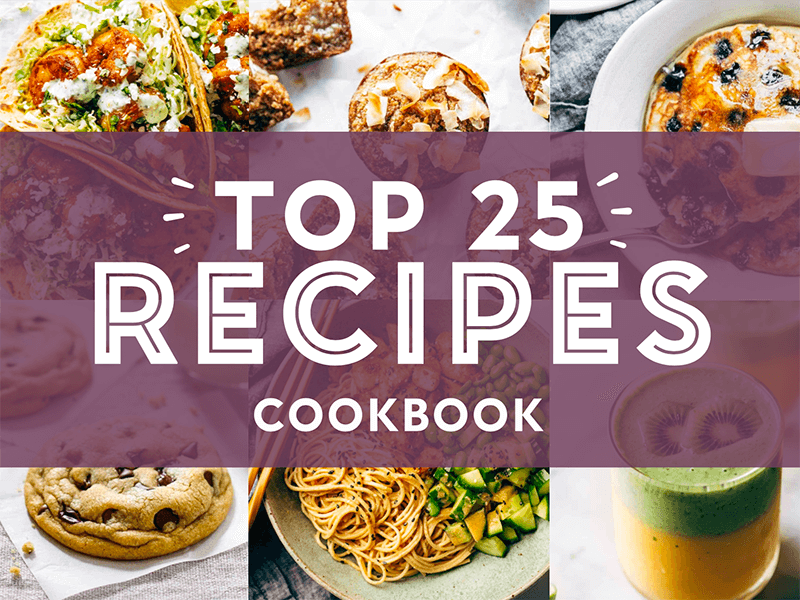
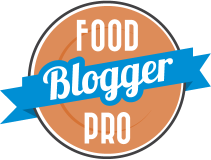

Did you read my mind? This is EXACTLY what I’m stumped on with my food photography this week. Short winter days mean a lot more artificial light shots- thanks for all the great tips!
WHATTHEWHAT? those photos are in artificial light! You TOTALLY fooled me!
When I lived in FL, I never need artificial. But not that I’m in Seattle, it’s a whole different (dark and rainy ball game) So this is AWESOME. Thank you!
Pinned!
Saweeeeeet. Fooled an expert! 😉
same here! and i have those lights. Ohh linz, thanks for this! 😉
now i must go get the old navy clearance shirt to match u
doooo it!
I live in Seattle, so I use artificial light about 50% of the time! Love these tips 🙂
Yep! you know.
Thanks so so much! This has been extremely frustrating for me lately. I recently bought a white presentation board (you know, the middle school science fair kind) and this has been very helpful in reflecting the light back on the food. This is an awesome post!!
Totally! I have lots of those – basically every size ever made. 🙂
Fav shot = the brown eggs in the carton. Pure money.
Totally agree on ditching the kitchen light!!!! Ditto x a million. We have these high intensity LED lights in my kitchen, like 15 of them (you can actually see my kitchen from Space when all of them are on). Hey, I didn’t want to cut off my finger with my mandolin…..sigh again!
Now I don’t really take pics of food since I’m not a food blogger, but of plants. And plants are super photogenic, but even plants have their limits! And kitchen lights? Big NO NO!
Thanks Laura! I loved that egg shot too.
Honestly, my best (and most popular) recipes are the ones I photograph in artificial light. The unpredictability of natural light here on the east coast (where a single day is never strictly sunny or cloudy) is maddening. I set up a sheet just to have the sun disappear. Definitely not a subscriber to the natural light is the only way philosophy. Love the artificial light you recommend and have just busted into my Speedlight for the first time!
Isn’t that the truth? Unless you really have a good eye, it’s hard to tell when the lights are used (if they’re used correctly)!
I def need to work on #5, but turning off all the other lights makes a huge diff!
That’s perfect – exactly what I needed in this never ending winter. No more waiting for that hour of perfect light. Thank you!
This is like Christmas! I’m going to join FBP and devour these videos as soon as I get home.
Thanks Katie! we’d love to see you there! 😀
These tips are PERFECT! I live in Wisconsin, so I feel you girl, I feel you.
UGH come on Midwest! like it’s 3pm and it’s dark. Grey. Done. Thank goodness for those lights because otherwise… yikes.
Those pictures were taken with Artificial Light??? Wow!!!
I would never have guessed!
Awesome tips – thanks so much for sharing
Thanks Shashi! Appreciate that! I’ve been using my light a lot this winter. 🙂
So happy to be a member of FBP. I can not wait to watch these videos, exactly the kind of freedom I am looking for. Thanks Lindsay and Bjork
I see “The Light”! Timely post.
hahaha YES!
I ALWAYS love your photos, Lindsay! Can you tell me, where can I get a folding light reflector like you’re using? Looks like plastic corrugated “cardboard”.
Thank you Sally! I got that one with my lighting unit (the Lowel EGO one).
This is so great, I cannot WAIT to check it out!!
Also, a little off topic, but are you doing an income report from last month? I LOVE reading them and haven’t seen one yet for December! Hope all is well!
Hey Alexa! We are doing one – it will be coming in a little late at the end of the month. Part of the delay has been our many conversations about what we want the income reports to be in 2015, so we’re excited to be making some slight changes to what those are all about. Check back in a few days!
Brilliant. Looking into the food course now 🙂
Yay! I’m so chuffed you’re rolling out more videos! I’ve learned so much from the ones you have on the course already. Can’t wait to dig in and figure out how to properly make my lighting equipment work for me (instead of getting lucky every now and then!!)
Thanks Lindsay and Bjork!!
You take such amazing photos – I always love them!
Thanks Robyn! 🙂 appreciate that!
Yay!! I can’t wait to check out the new video in FBP!
Thanks for posting this, Lindsay! Your Food Blogger Pro course helped me a ton with starting my own blog and your photography tips have been invaluable. I work all day and by the time I get home and make food, daylight is long gone. So these tips are super helpful!
I’m so glad! Thanks Erin!
As if I wasn’t already happy that I joined Food Blogger Pro, now this!!! Woot!!! I have three photography lights and a tent and I never use them because I don’t know how. It’s time to dust them off. 🙂 Thanks you two.
Hooray! Glad to hear that Linda!
I could definitely use these tips; thanks for sharing!
Wonderful tips! Are you guys going to be selling the course on its own, or only as a part of FBP?
Hey Becky! Right now we are selling the course as a part of Food Blogger Pro memberships, but if that’s all you’re interested in you can just join for a month ($25), take the course (and while you’re there, take some of the other courses or hop into the forum for anything you might need), and then end your membership when you’ve gotten everything you need. We did talk about selling the course individually on Pinch of Yum, but in the end it made the most sense to offer people not only the course but also access to everything on Food Blogger Pro for the same price as the stand-alone course would have been. 🙂 Hope that makes sense!
I also struggle a lot with natural light. In the beginning of taking photos I was convinced I could only take photos outside!!! I literally wheeled a table outside (not in direct sunlight of course) but the fact that I did this made me feel insane and like there had to be a better way. I still struggle with artificial light but I am getting better.
Thanks for giving us rookies this lesson 😉 I was already struggling with lighting far too often and the Swedish winter is rarely sunny, so your tips are more than welcome!
http://www.globalspicedblog.tumblr.com
Yes! Natural Lighting Most importent. Benfits NaturalLight , joining more normal light in the workplace can offer a variety of medical advantages to representatives. Our skin makes solid levels of Vitamin D when presented to full range daylight – particularly, Ultraviolet B. Be that as it may, when denied of regular light we can create side effects of Seasonal Affective Disorder. Permitting all the more light into the workspace has been appeared to help decrease indications So Daylighting(sunlight) is important to psychological and Physically .
Thanks this was so helpful! It really made a difference in my photography!